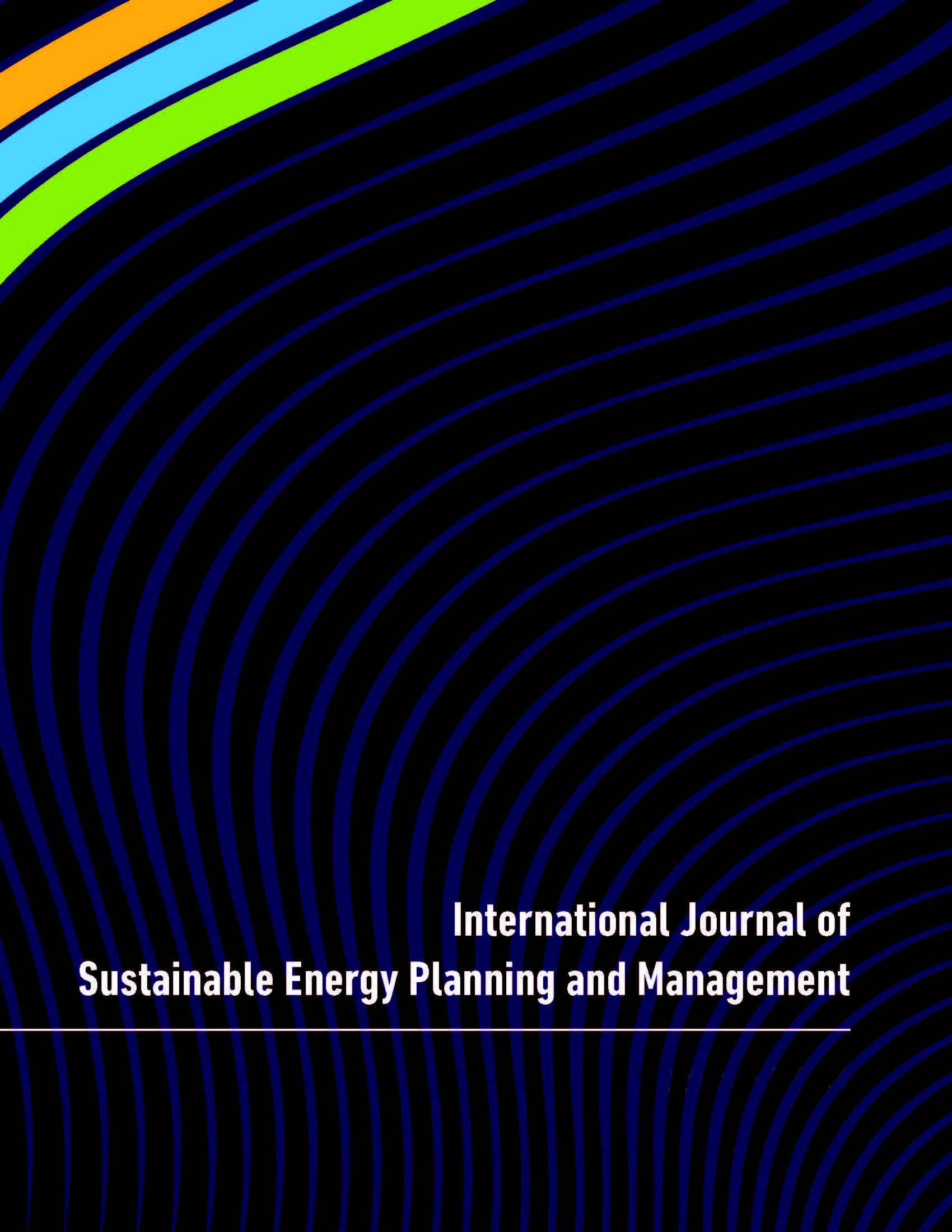A multiobjective optimization approach to support end-use energy efficiency policy design – the case-study of India
Main Article Content
Abstract
We combine the use of the Economic Input-Output Lifecycle assessment with multiobjective interval portfolio theory to arrive at two model formulations which can support public decision-makers on the design of programs to promote the investment on energy efficient technologies. The objective functions considered in each model are the maximization of the savings to investment ratio and the maximization of the minimum deviation of greenhouse gas avoided emissions/energy savings of the portfolio over its lifetime from the expected greenhouse gas emitted/energy embodied in the manufacture of its components, as a proxy of return and risk minimization, respectively. The first and second formulations might be more suitable for countries with higher and lower emission factors regarding their electricity mix, respectively. In order to ensure a certain diversification level of the technologies to be subsidized, constraints are imposed on the maximal amount assigned to the energy efficient technologies under consideration, also assuring a given energy payback time/greenhouse gas payback time. Finally, conservative (leading to a lower number of subsidized devices), aggressive (leading to a higher number of subsidized devices) and combined strategies are taken into consideration in the computation of the efficient portfolio solutions.
Keywords: Multiobjective portfolio theory, Interval Programming, Energy efficient technologies, Economic Input-Output Lifecycle Assessment, Energy payback time, Greenhouse gas payback time
Article Details
Articles published in International Journal of Sustainable Energy Planning and Management are following the license Creative Commons Attribution-NonCommercial-NoDerivs 3.0 Unported (CC BY-NC-ND 3.0)
Authors retain copyright and grant the journal right of first publication with the work simultaneously licensed under a Creative Commons Attribution License: Attribution - NonCommercial - NoDerivs (by-nc-nd). Further information about Creative Commons
Authors can archive post-print (final draft post-refereering) on personal websites or institutional repositories under these conditions:
- Publishers version cannot be stored elsewhere but on publishers homepage
- Published source must be acknowledged
- Must link to publisher version

